
Haneda Airport accident: Verification of carbon fiber safety
・The world is paying attention to the material performance of carbon fiber
・Reliability of Teijin’s carbon fiber “Tenax”
We provide a summary of articles published by Reuters.

Japan Airlines crash:
After landing at Haneda Airport, an Airbus A350 collided with a Japan Coast Guard aircraft and burst into flames.
Passenger aircraft safety verification:
This accident is a ‘great opportunity to verify the safety of new generation passenger aircraft.’
The Airbus A350 is a passenger aircraft that uses carbon fiber reinforced composite material (CFRP).
Investigation of the cause of the accident:
The Japan Transport Safety Board and the Metropolitan Police Department are investigating the cause of the accident.
The aviation industry now wants to confirm the durability and safety of CFRP.
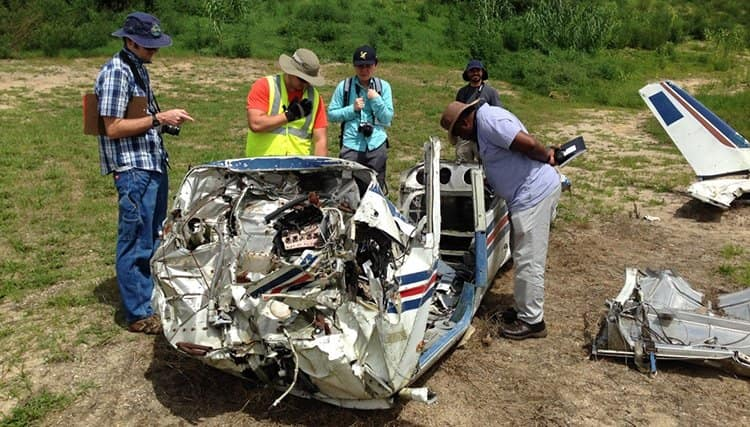
Embry-Riddle Aeronautical University: Anthony Brickhouse
In this accident, safety in the event of fire and collision is an important issue for CFRP.
Start of adoption of CFRP:
In the early 2000s, Boeing first launched the 787 Dreamliner.
Subsequently, Airbus of France introduced CFRP to its A350.
1. Using lightweight CFRP can significantly reduce fuel consumption on passenger aircraft.
2. The advantage is that the aircraft does not deteriorate and the burden of maintenance and inspection is low.

For Dreamliner:
In early 2013, the ship was temporarily grounded due to a fire caused by a faulty battery.
In July 2013, a fire broke out due to a short circuit on Ethiopian Airlines’ radio, and repairs were made.
However, these fires did not cause the aircraft’s structure to collapse.

For A350:
CFRP is used for 53% of the total (= fuselage, tail and most of the main wings)
This A350 fire:
Even though a fire broke out in the collision, the aircraft’s structure remained intact.
During that time, all passengers and crew members safely evacuated.

It’s too early to draw conclusions:
However, at this point, there are still many unknowns.
1. Why was the A350’s outer shell able to withstand fire for a certain period of time?
2. Also, what technical lessons can be learned from this accident?
It is too early to draw sweeping conclusions.

Mr. Brickhouse’s suggestion:
In July 2013, an Asiana Airlines Boeing 777 failed to land.
Thereafter, a fire broke out and three passengers died.
Compare this accident with the Asiana Airlines accident and accident.
You can see the difference in fire combustion between CFRP and aluminum materials.
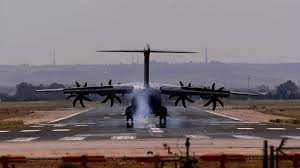
Examples of CFRP fire accidents:
Commercial aircraft: The A350 is the first commercial aircraft made of CFRP to be damaged by fire.
Military aircraft: In 2015, a Spanish military Airbus A400M crashed and burst into flames.
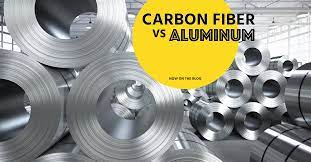
Liam News Analysis: Bjorn Ferm
Comparison of CFRP and aluminum:
CFRP airframes have several advantages over aluminum airframes.
1. Aluminum melts at 600 degrees Celsius and conducts heat.
2. CFRP can withstand six times more heat. It does not dissolve and continues to smolder.
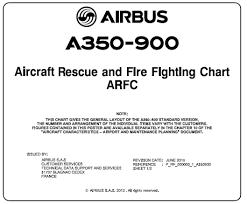
Airbus releases guidelines:
In 2019, Airbus published guidelines for firefighters.
The CFRP A350 has the same level of safety as conventional aluminum aircraft.
Various tests have proven its fire resistance.
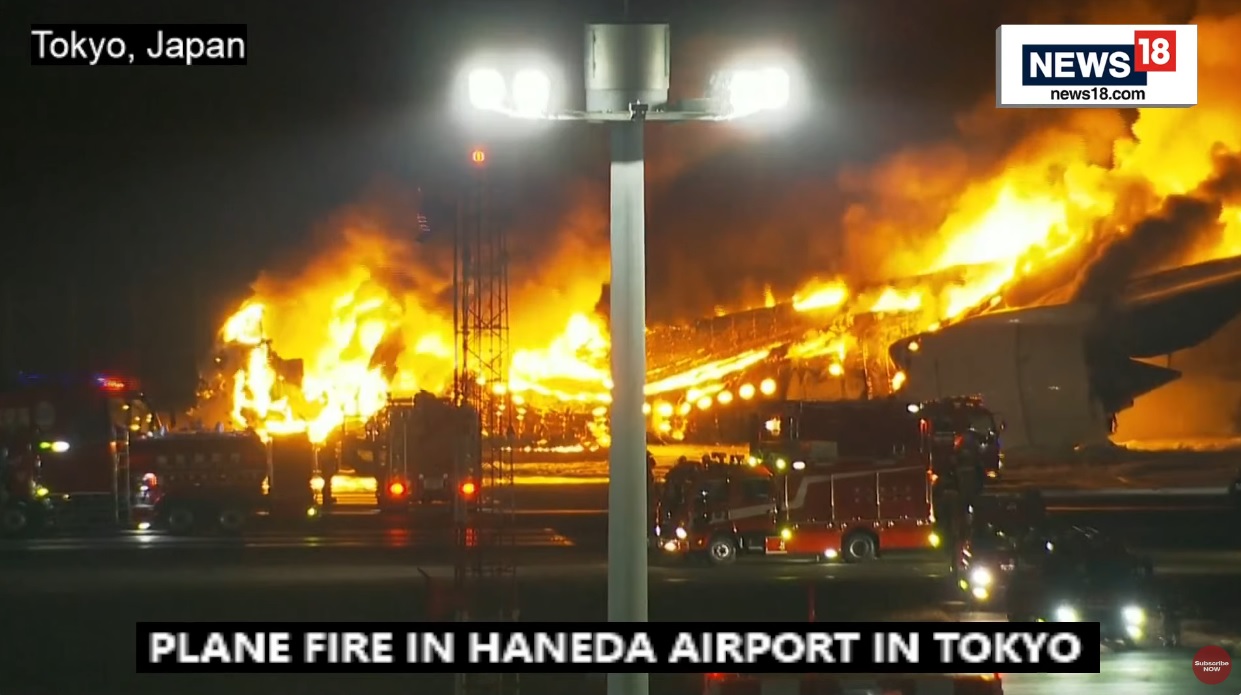
Fire brigade at Haneda Airport:
The A350 continued to burn for more than six hours, until the fire was completely extinguished.
An investigation is needed to find out why the fire brigade was unable to extinguish the fire in a short time.
Airbus fire resistance verification:
Airbus tests have shown that CFRP has the same fire resistance as aluminum.
In 2018, a complete evacuation test of the A350-1000 was conducted in the presence of authorities.
https://jp.reuters.com/markets/world-indices/OJPBWYIUFVKUNOPQOCBS3QSDNA-2024-01-05/
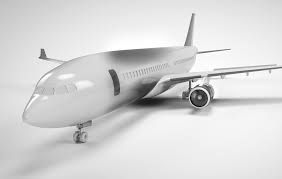
Teijin: To supply carbon fiber for A350
We provide a summary of articles published on Aviationwire.
Japan Airlines: Airbus A350-900
The A350-900 aircraft is characterized by improved quietness and comfort.
The weight of the fuselage was reduced using CFRP. Teijin is the company that supplies this CFRP.
CFRP is 10 times stronger than steel but only one-fourth the weight, making it suitable for use in aircraft.
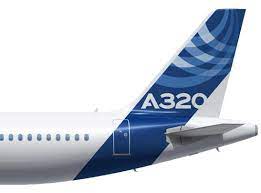
Carbon fiber “Tenax”:
In 1985, Toho Rayon (at the time) developed Tenax, a carbon fiber.
Tenax has been selected as the structural material for the A320’s vertical stabilizer.
Teijin subsidiary: Toho Rayon
In 2000, Toho Rayon became a subsidiary of Teijin.
In 2001, the company name was changed to Toho Tenax. Merged with Teijin on April 1, 2018.
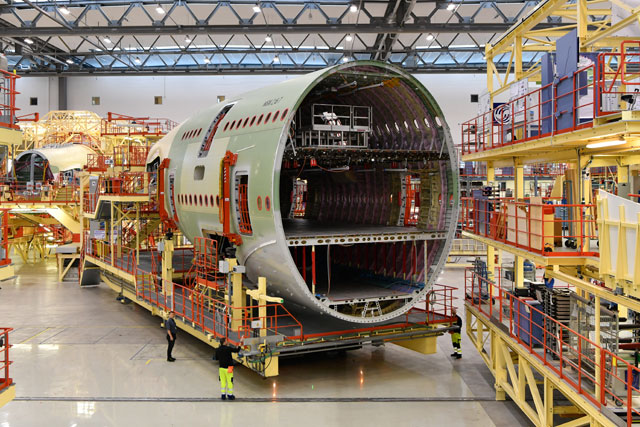
Airbus and Teijin:
Teijin has been supplying CFRP to Airbus for over 30 years.
Teijin delivers A350:
The A350 uses Tenax TPCL.
This is a new carbon fiber reinforced thermoplastic resin laminate.
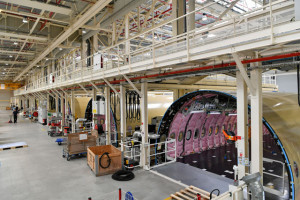
World’s first CFRTP:
In May 2014, Airbus became the first company in the world to use CFRTP as a primary structural material.
Tenax TPCL
Tenax TPCL was used as a structural material for the A350.
1. CFRTP uses PEEK (polyetheretherketone).
2. Tenax TPCL has excellent impact resistance and abrasion resistance.
3. Manufactured by Teijin Carbon Europe in Germany.
![Airbus A380 and Boeing 787 material composition [14]](https://www.researchgate.net/publication/364326173/figure/fig1/AS:11431281097391348@1668566976736/Airbus-A380-and-Boeing-787-material-composition-14.png)
For Boeing:
The Boeing 787 has been completely redesigned. Fully use carbon fiber.
A fuselage-sized autoclave (composite material curing furnace) is used to manufacture the fuselage.
However, it is also costly in terms of equipment.
For Airbus:
So Airbus divided the A350’s fuselage into four parts.
It is constructed from carbon fiber panels that are strung together.
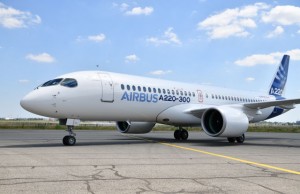
For Bombardier:
The contract to supply Tenax for the A220 has been extended until 2025.
The A220 is a Canadian Bombardier C series small aircraft.
Teijin and Bombardier entered into a supply agreement for Tenax in 2010.
For the main wing, center wing box (wing-fuselage joint), and tail.
It is supplied as specified yarn for structural materials.